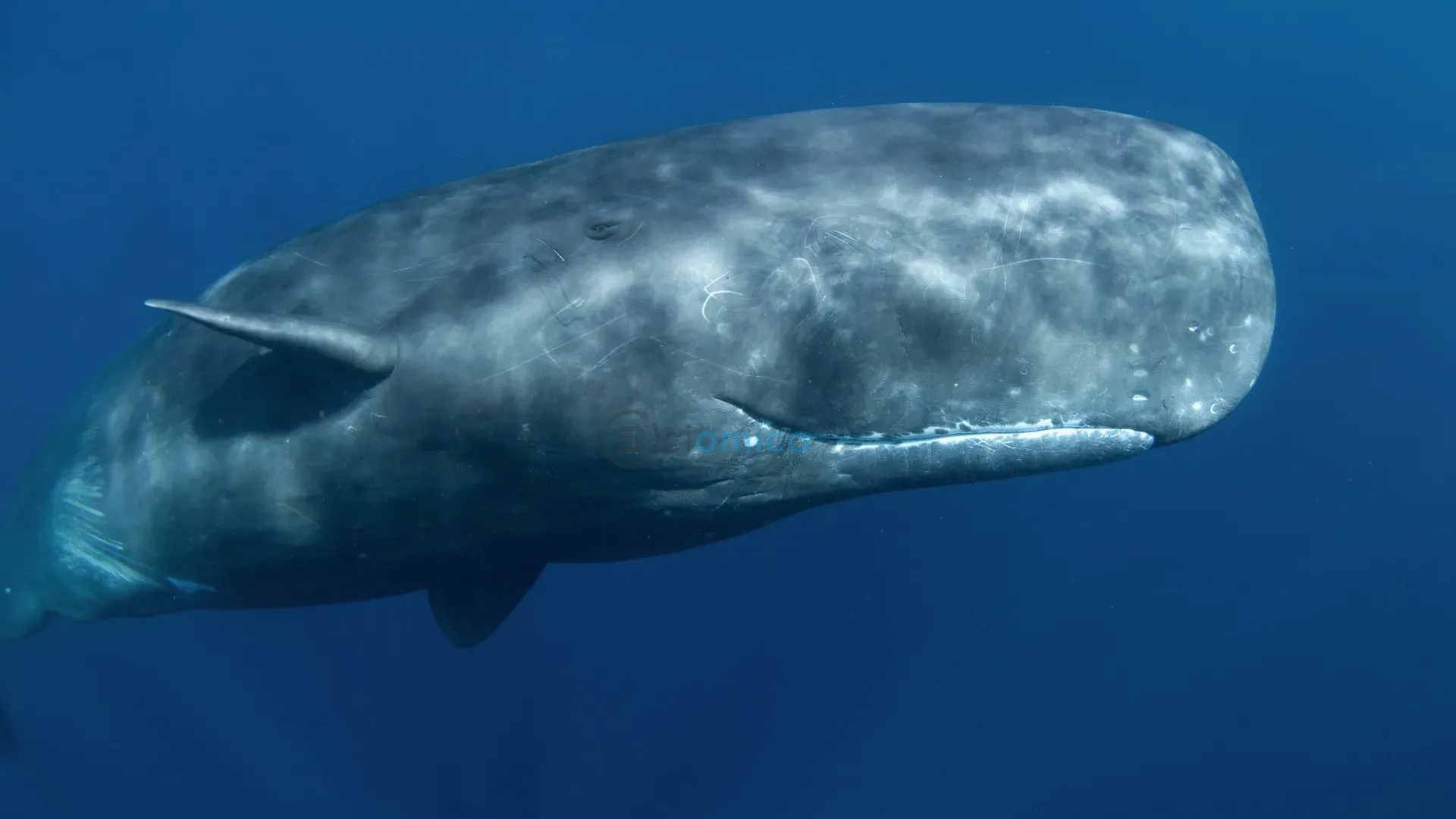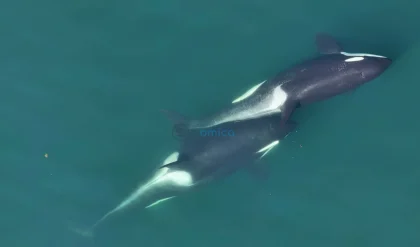
Deep-sea mining operations in the remote Clarion Clipperton Zone (CCZ) of the Eastern Pacific may pose significant risks to marine wildlife, including vulnerable species such as whales and dolphins, according to recent research. The environmental concerns arise as The Metals Company, a Canadian firm, advances plans to explore this expansive area for polymetallic nodules, which are rich in essential metals.
In two comprehensive studies, researchers identified the presence of several cetacean species, including sperm whales, which are classified as endangered. This emerging evidence has heightened concerns about the potential ecological impacts of deep-sea mining activities on a range of marine species inhabiting this little-understood ecosystem.
Dr. Kirsten Young from the University of Exeter emphasizes that our knowledge of the ecosystems in the CCZ is limited. “These environments are hundreds of miles offshore and reach into very deep waters,” she noted. The unique species residing here are generally long-lived and slow-growing, especially those found on the seabed. Dr. Young warns of the unpredictability surrounding how seabed mining might disrupt these species and the broader ecosystem, calling for urgent assessments of these risks.
One of the pressing concerns raised by the studies is the noise pollution generated by mining activities, which can travel vast distances underwater, potentially affecting marine life hundreds of kilometers away through the SOFAR channel. According to one research paper, only 35% of taxonomic groups residing in the CCZ have been studied in relation to noise impacts. Species that rely on sound for communication, such as soniferous fish, are particularly at risk. The researchers suggest that prolonged exposure to mining noise may lead to cascading ecological consequences, impacting crucial behaviors necessary for survival.
The second study was conducted by the Greenpeace vessel Arctic Sunrise and involved 13 days of visual and acoustic monitoring, resulting in 74 acoustic detections and six sightings of cetaceans. Among these were various species including a sperm whale, Risso’s dolphins, common dolphins, and unidentified dolphin groups.
Dr. Young stated, “If deep seabed mining becomes a reality, whales and dolphins will face multiple sources of noise throughout the water column. Many species are particularly sensitive to specific frequency ranges; chronic noise pollution can mask essential social and foraging communications, pushing whales away from critical habitats.” Furthermore, the effects of sediment plumes generated by mining activities remain poorly understood, but they have the potential to disrupt marine food webs.
Louisa Casson of Greenpeace International echoed these concerns, stating, “The confirmed presence of cetaceans, including threatened sperm whales, in areas targeted by The Metals Company for deep-sea mining serves as a stark reminder that this dangerous industry should never commence commercial operations.”
The findings from these studies have been published in respected journals. The review on noise pollution appears in the Marine Pollution Bulletin, while the survey of whale and dolphin populations is featured in Frontiers in Marine Science. Both articles highlight the urgent need for comprehensive evaluations of the potential risks deep-sea mining poses to marine life in the CCZ.
Journal References:
- Kirsten F. Young, Thomas Webber, Leonidas Karantzas, Severina Miteva, Grant Oakes, David Santillo, Paul Johnston. Threatened cetaceans in a potential deep seabed mining region, Clarion Clipperton Zone, Eastern Pacific, August 2023. Frontiers in Marine Science, 2025; 12 DOI: 10.3389/fmars.2025.1511075
- Rob Williams, Kieran D. Cox, Diva Amon, Erin Ashe, Lucille Chapuis, Christine Erbe, Asha de Vos, Kimberly A. Nielsen, Marena Salerno Collins, Craig Smith, Travis Washburn, Kirsten F. Young, Christopher W. Clark. Noise from deep-sea mining in the Clarion-Clipperton Zone, Pacific Ocean will impact a broad range of marine taxa. Marine Pollution Bulletin, 2025; 218: 118135 DOI: 10.1016/j.marpolbul.2025.118135






